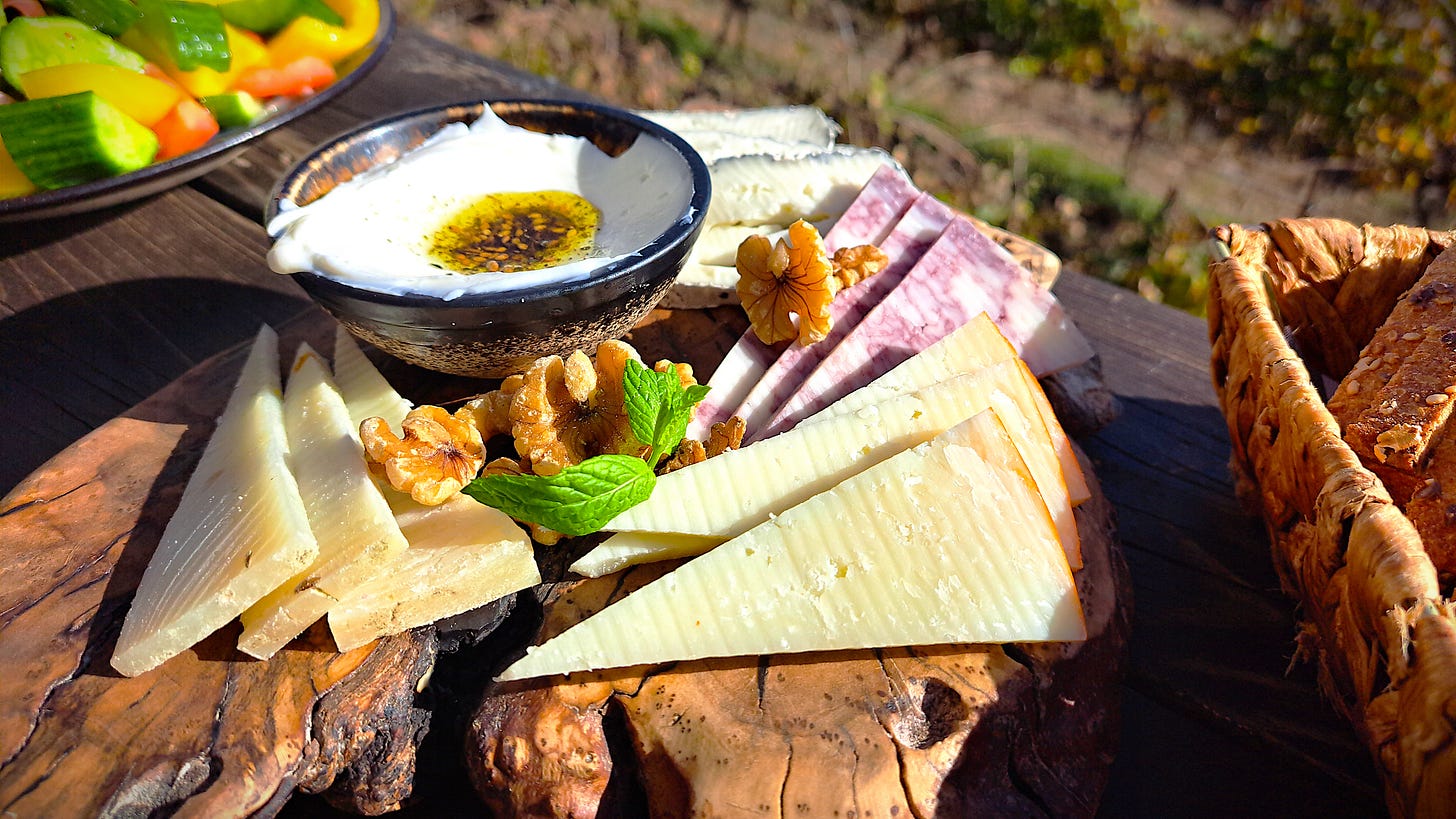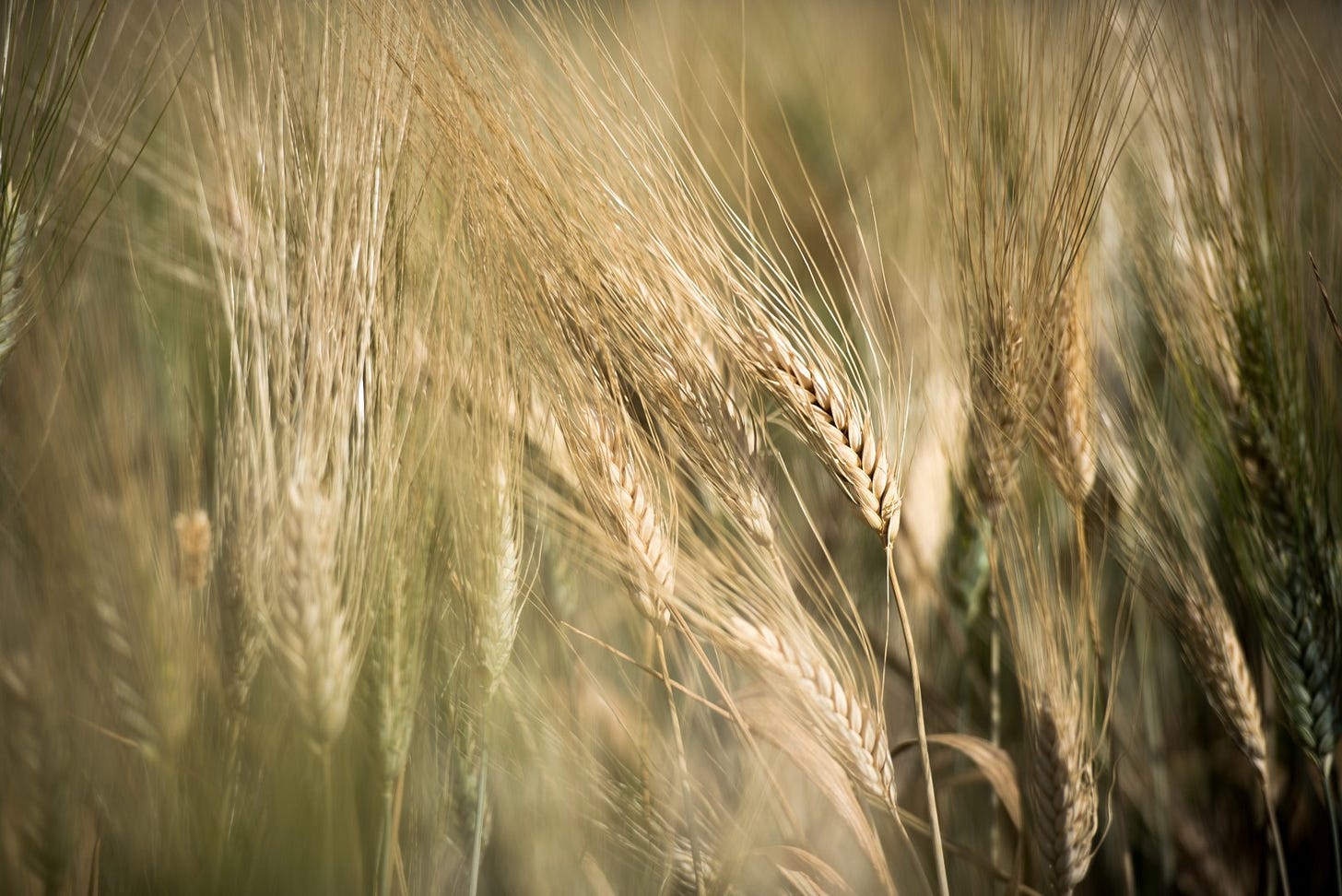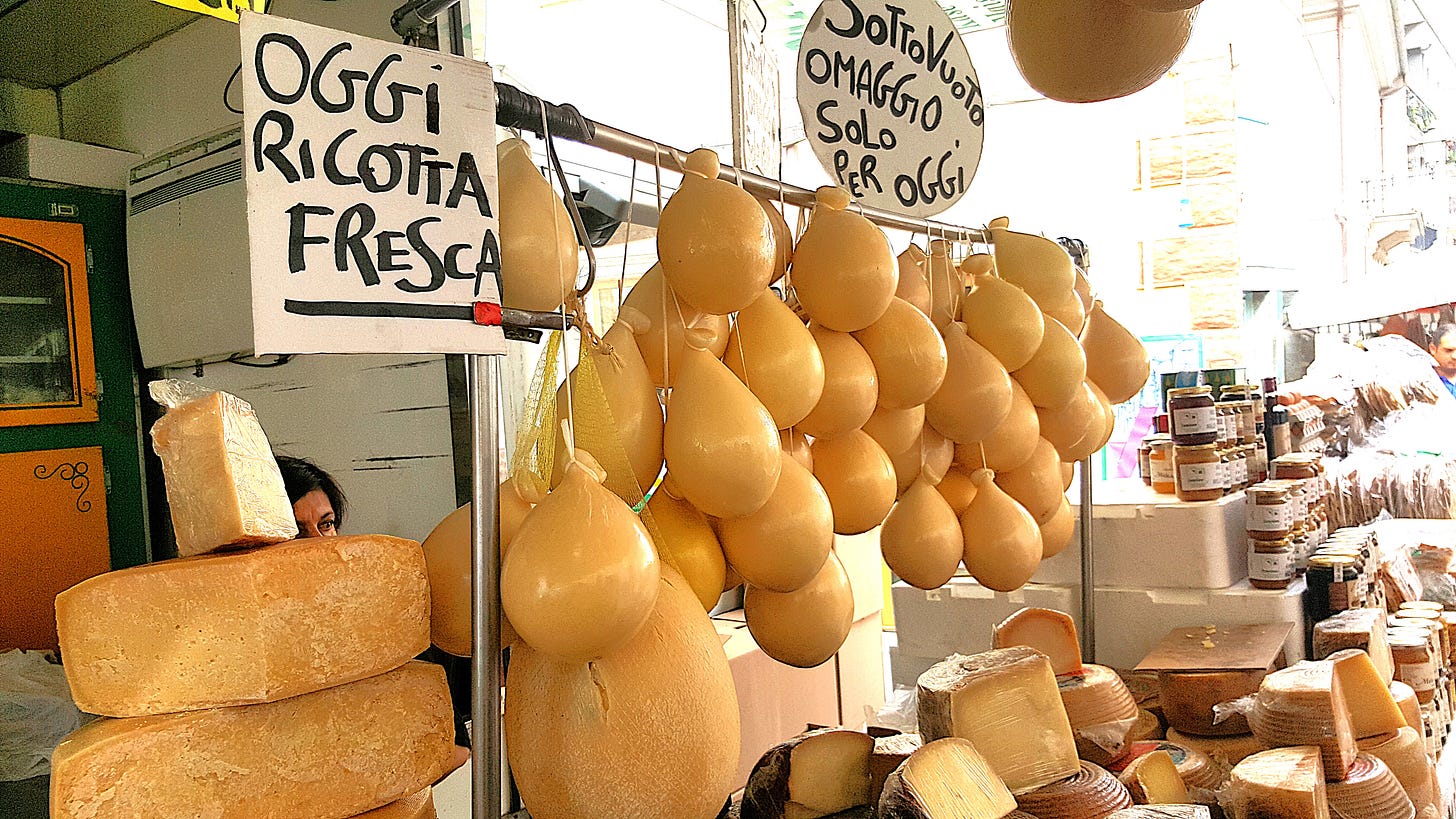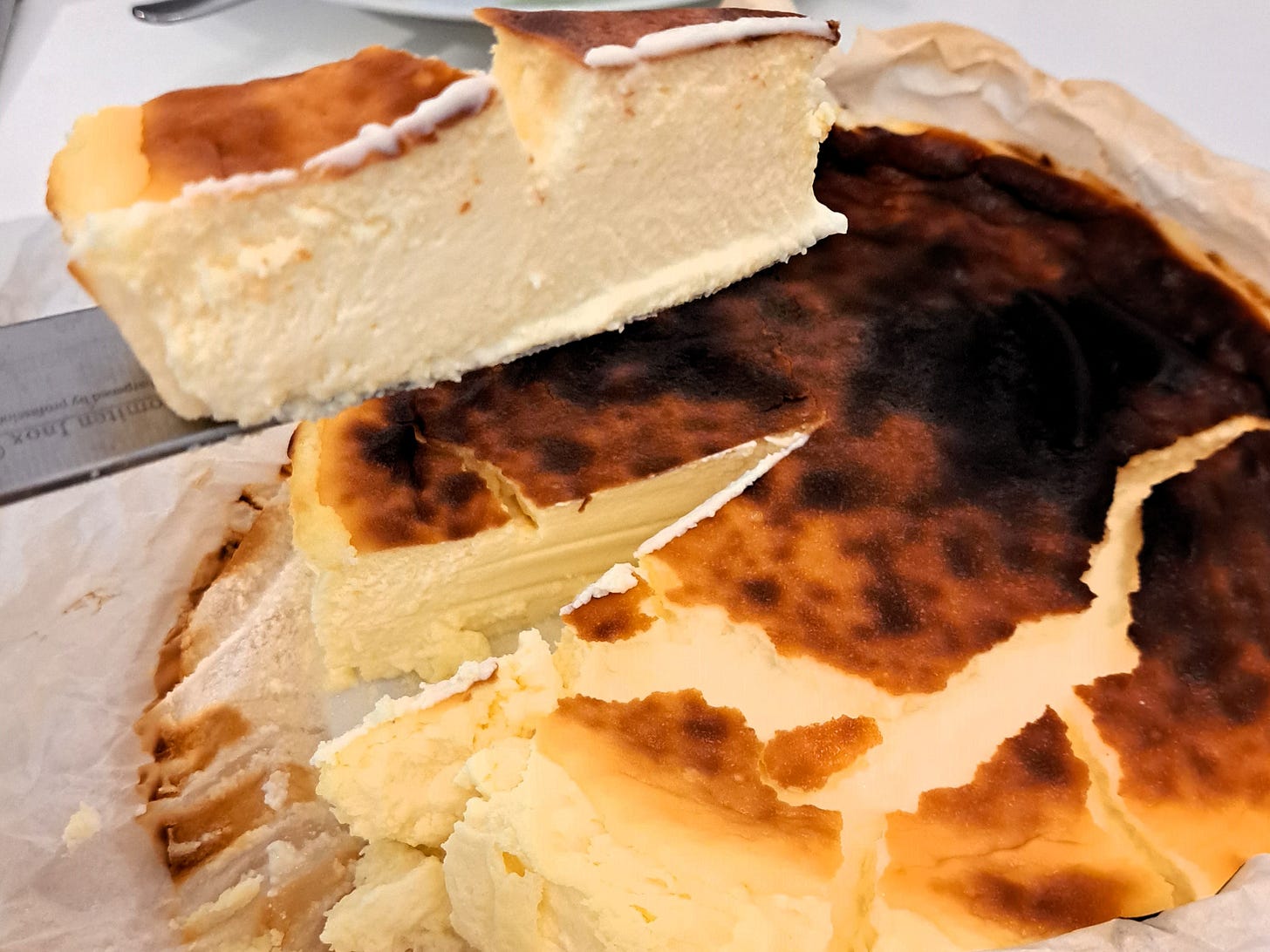Exploring culinary experiences and traditions, gives me enthusiasm to write and share with you the foods of my heritage, pivotal to the celebration of each Jewish festival.
Food is deeply woven into the identity and individuality of each holiday, reinforced through the memories of flavours, aromas and textures, that connect us to ancestral roots, biblical themes, local ingredients and traditional recipes, and strengthening each festivals cultural meaning
Shavout, from the Hebrew word meaning ‘weeks’, is celebrated exactly seven weeks after the Passover, when Moses received the sacred books of Judaism from God on Mount Sinai. It commemorates the journey to liberation for the Israelites and marks the aligning of the festival’s agricultural roots with the season of the grain harvest. Traditionally the Book of Ruth is read on Shavuot, the story of a widowed Moabite woman who committing to the Jewish faith of her late husband, loyally followed her mother-in-law to the land of Israel, where she toiled the wheat fields during the harvest in Bethlehem, to support them both.
Despite the biblical links to the wheat and barley harvests, the culinary traditions of this agricultural festival, is to feast upon dairy based foods, the origins of which stem more from traditional homilies, rather than dictated by any such dietary laws. Milk, a primary source of sustenance, is compared with the divine nourishment received from the sacred laws, and said to coincide with the Sabbath, when the slaughtering of animals is forbidden. This culinary custom is also thought to symbolise the promise of the biblical landscape “flowing with milk and honey”. Additionally, two loaves of challah are traditionally placed on the Shavuot festive table, serving as a reminder of the double portion of manna received by the Israelites to sustain them throughout the Sabbath, as well as a means of giving thanks for the wheat harvest.
Shavuot is possibly my favourite of festivals in culinary terms, as I relish the eating of all things dairy. Customary foods both savoury and sweet, are prepared for this festival, specifically cheese blintzes, kugels, bourekas, sambusak, Malabi and of course, the ubiquitous cheesecake.
The cheesecake has become an iconic dessert within the Jewish cuisine and reflects the diversity of the cooking styles amongst all communities of the diaspora, through the influences of regional ingredients and local tastes.
The Ashkenazim of Eastern Europe used local and affordable farm cheeses that were readily available to them, which typically produced a sour flavour and a dense texture. They were usually baked, which gave a crust to encase the soft centre. Once settled in America, the Eastern European Jews continued to bake their traditional dessert, which through culinary assimilation gave rise to the classic ‘New York Style’ cheesecake.
In contrast, the Sephardim of the Iberian Peninsular drew on their Mediterranean ingredients and regional flavours, producing a lighter cake by using locally sourced ricotta and infusing fresh, citrus notes into the more custard style mixture. Many were chilled rather than baked, which has since become a very Israeli way of making a cheesecake.
The Middle Eastern Mizrachi communities too put their own spin on the Jewish dessert, using local dairy products including labane made from goat or sheep’s milk, which gave a refreshing tang to the sweet cheesecake. The Mizrachim liked to add a touch of indulgence to their desserts, incorporating pistachios, almonds and dates to mixtures and often substituted honey for sugar. Spices, including saffron were also often used, showcasing the traditional flavours and affluence of these communities.
The current trend in cheesecakes is notably with the ‘burnt Basque cheesecake’ also known as the ‘cheesecake San Sebastian’, which was created by self taught chef Santi Rivera in San Sebastian in Basque country, Spain, for his father’s bar. The trademark of this soft, creamy textured, rustic looking dessert is its crust less, ‘caramelised’ almost burnt exterior, achieved by baking it a a higher than average temperature, and removing it from the oven when there is still a slight wobble in its middle. So long as you keep a close eye on the last 10-15 minutes of baking, to ensure it doesn’t actually burn, you will be met with the delight of deep caramel flavoured edges that simply merge on the palate with the creamy, vanilla notes of its interior…
This year for my Shavout bake, I am wading into the baking realms of the Basque country, and making their cheesecake for our annual shindig. Taken from a fundraising collection of donated cheesecake recipes by globally celebrated chefs, foodies and bakers, The Ultimate Cheesecake Cookbook: Recipes From Around The World published by Green Bean Books is full of sweet and savoury ideas to liven up your festivities, with all proceeds going to Chai Cancer Care.
As I look forward to this coming weekend, despite knowing that my waistline and cholesterol levels will take a heavy battering, I am heartened in the knowledge that a slice of such a guilty pleasure also provides protein, calcium and many of the essential vitamins and minerals our body needs to maintain its health and wellbeing… that’s my story, and I am sticking to it.
Happy holidays & enjoy!









glad to connect with you
ok. i'll do a cheesecake for my favorite husband. Hope you r well. Back yet?